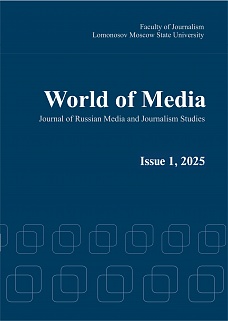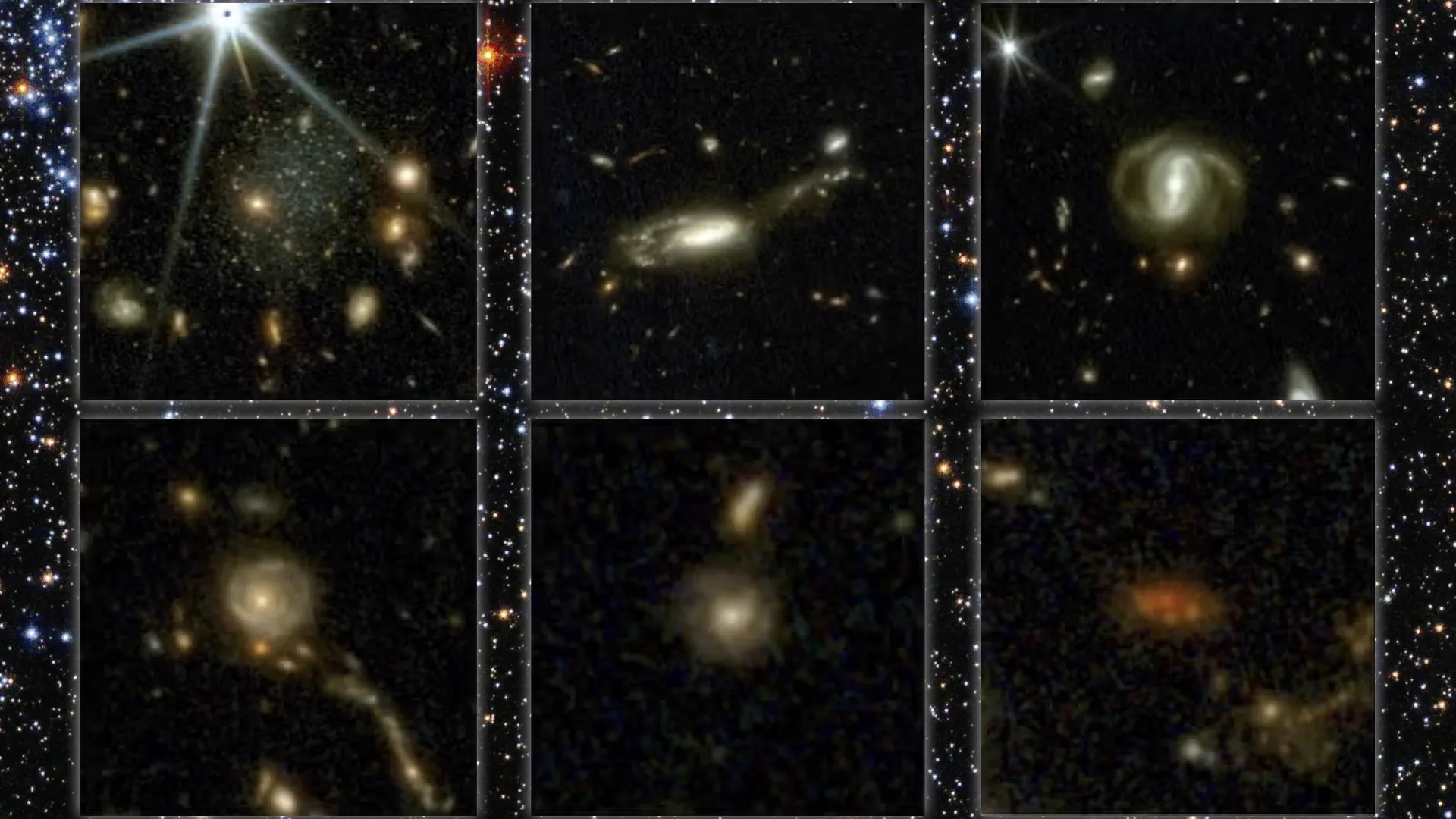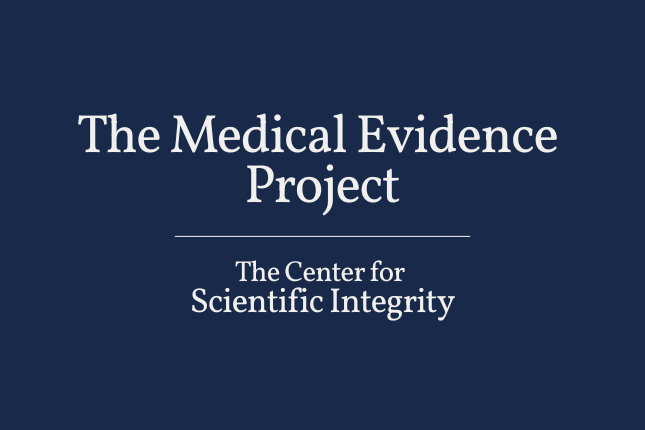One journal’s trash is another’s treasure – until a former peer reviewer stumbles across it and sounds an alarm. In April, communications professor Jacqueline Ewart got a Google Scholar notification about a paper published in the World of Media she had reviewed, and recommended rejecting, for another journal several months…
Science
-
-
Largest-ever map of the universe reveals 10x more early galaxies than expected
In the name of open science, the multinational scientific collaboration COSMOS on Thursday released the data behind the largest map of the universe. Called the COSMOS-Web field, the project, built with data collected by the James Webb Space Telescope (JWST), consists of all the imaging and a catalog of nearly…
-
$900,000 grant to Retraction Watch’s parent organization will fund forensic analysis of articles that affect human health – Retraction Watch
The Center for Scientific Integrity, the parent nonprofit of Retraction Watch, has launched a new initiative to investigate and rapidly disseminate problems in the medical literature that directly affect human health. Thanks to a $900,000 grant from Open Philanthropy, the Medical Evidence Project will leverage the tools of forensic metascience…
-
How I Became A Bird Spy
https://www.lastwordonnothing.com/wp-content/uploads/2025/05/juncos-2.mp4 Don’t read too much into this, but I have become an obsessive bird spy. I blame LaWONian Ben Goldfarb. He wrote a post about his birdcam (and the board game Wingspan, which I still intend to try), and it made me think that a birdcam would be a great…
-
Anthropologists spotlight human toll of glacier loss
In an important contribution from the social sciences, Rice University anthropologists Cymene Howe and Dominic Boyer examine the societal consequences of global glacier loss in a commentary published today in Science. Their article appears alongside new research that estimates that more than three-quarters of the world’s glacier mass could disappear…
-
Leprosy existed in America long before arrival of Europeans
Long considered a disease brought to the Americas by European colonizers, leprosy may actually have a much older history on the American continent. Scientists from the Institut Pasteur, the CNRS, and the University of Colorado (USA), in collaboration with various institutions in America and Europe, reveal that a recently identified…
-
Birds nested in Arctic alongside dinosaurs
Spring in the Arctic brings forth a plethora of peeps and downy hatchlings as millions of birds gather to raise their young. The same was true 73 million years ago, according to a paper featured on the cover of this week’s edition of the journal Science. The paper documents the…
-
Long shot science leads to revised age for land-animal ancestor
In 1984, an amateur paleontologist in Scotland found a remarkable specimen: a nearly complete fossil of what looked to be a lizard or salamander. Rather small in size at 20 centimeters, it would turn out to be a crucial piece in the puzzle of animal evolution. This creature, called Westlothiana…
-
Listening to electrons talk | ScienceDaily
Researchers from the MPIK present new experimental and theoretical results for the bound electron g-factor in lithium-like tin which has a much higher nuclear charge than any previous measurement. The experimental accuracy reached a level of 0.5 parts per billion. Using an enhanced interelectronic QED method, the theoretical prediction for…
-
Save twice the ice by limiting global warming
The findings, published today in the journal, Science, are striking. Even if global temperatures were stabilised at today’s level of 1.2°C, an estimated 39 per cent of global glacier mass would still be lost compared to 2020 levels — contributing over 10 centimetres to global sea-level rise. In the new…



